Table of Contents
Culture of Andaman and Nicobar Islands
The culture of Andaman and Nicobar Islands is deeply rooted in the tribal traditions of Andaman and the lifestyles of Nicobar indigenous communities. These islands, rich in history and natural beauty, offer a unique glimpse into the life of tribes like the Great Andamanese and Onge.
Handicrafts of Andaman Tribes and art forms in Andaman Islands reflect the creativity and skill of the local people. Using materials from their natural surroundings, they create intricate and meaningful artworks. The traditional cuisine of Nicobar Islands, with its emphasis on seafood, represents the islands’ close relationship with the sea.
Folk dances of Andaman Islands and music of Nicobar Tribes are integral to the local festivals, showcasing the vibrant and colorful heritage of these communities. The Nicobar Island festivals and Andaman Island rituals are not just celebrations but a way to keep their ancient customs alive.
The Andamanese language and dialects, along with the traditional attire of the tribes, highlight the diversity within these communities. From the socio-cultural aspects of Nicobar to the conservation of Andaman culture, there’s a constant effort to preserve this unique heritage.
Eco-tourism in Andaman Islands plays a significant role in showcasing the wildlife and nature in Andaman culture to the world, while also contributing to its preservation. Heritage sites in Nicobar Islands offer a window into the past, helping us understand the long journey of these island communities.
History of Andaman and Nicobar Islands
The Andaman and Nicobar Islands have a rich history. These Bay of Bengal islands have been home to indigenous tribes for thousands of years. The most known tribes are the Great Andamanese, Onge, Jarwa, and Sentinelese, who have preserved their unique cultures and traditions.
In the 18th century, Europeans, especially the British, started showing interest in these islands. The British set up a penal colony in the Andamans in the 19th century, with Port Blair as a notable location.
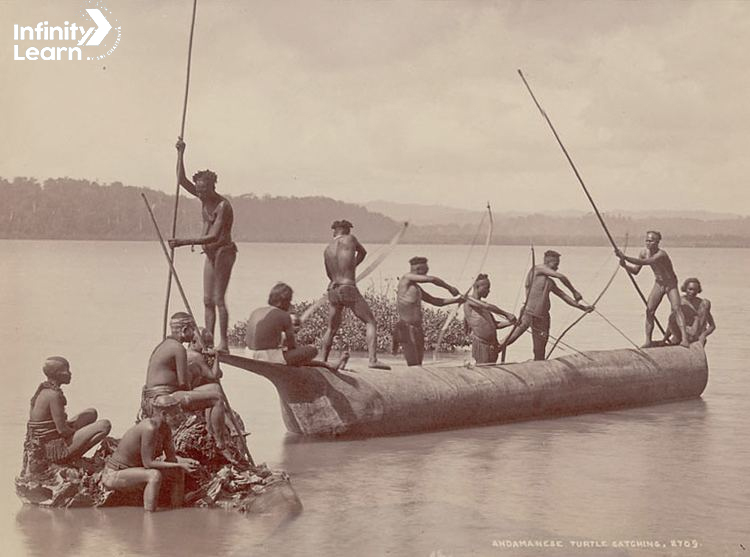
During World War II, the Japanese briefly occupied these islands, but they were later reclaimed by the British. After India’s independence in 1947, these islands became part of India.
Now, the Andaman and Nicobar Islands are known for their diverse culture, with people from various parts of India and neighboring countries living there. This mix of people has added to the cultural richness of the islands, while the original tribes continue to maintain their traditional ways.
People of Andaman and Nicobar
The People of Andaman and Nicobar are a diverse group. These islands are home to several indigenous tribes, each with its unique culture and lifestyle. The most well-known tribes include the Great Andamanese, the Onge, the Jarwa, and the Sentinelese, who have lived on these islands for thousands of years. These tribes have their own languages and traditions that are distinct from the rest of the world.
Besides the tribal communities, the islands have also been influenced by settlers from different parts of India and other countries. This mix of people has created a cultural mosaic, blending various customs, languages, and religious practices. The settlers brought their own ways of life, which have now become a part of the islands’ culture.
Overall, the people of Andaman and Nicobar are known for their rich cultural heritage and a strong connection to nature, which is evident in their daily lives. They live in harmony with the environment, and their traditional knowledge and practices reflect a deep understanding of the local ecosystem.
Cultural Insights of Andaman and Nicobar
The art and culture of Andaman and Nicobar Islands is unique, shaped by its indigenous tribes and natural surroundings. These islands in the Bay of Bengal are known for their distinct tribal customs and languages. Tribes like the Great Andamanese and Onge maintain traditional lifestyles.
Local arts and crafts are important, with items made from materials like wood and shells. These crafts are not just functional but also carry cultural significance, often telling tribal stories.
Festivals, music, and dance play a big role in island life, reflecting the tribes’ heritage and history. The food here, mainly seafood, is influenced by the islands’ resources and various cultural influences.
Overall, Andaman and Nicobar’s culture is a mix of tribal traditions, arts, festivals, and diverse cuisine, closely linked to nature and the islands’ history.
Languages Spoken in Andaman and Nicobar
In Andaman and Nicobar Islands, people speak a variety of languages, reflecting the region’s rich cultural diversity. The most unique are the languages of the indigenous tribes. These include several Andamanese languages spoken by tribes like the Great Andamanese, Onge, Jarwa, and Sentinelese. Each tribe has its own language or dialect, which is very different from the others.
Apart from these tribal languages, many residents speak languages brought by settlers from other parts of India. This includes Hindi, Tamil, Bengali, and Malayalam. English is also widely understood and used, especially in tourism and government work.
Overall, the islands are a linguistic mosaic where ancient tribal languages coexist with those brought by later settlers, each adding to the rich cultural tapestry of the Andaman and Nicobar Islands.

Literature from Andaman and Nicobar Islands
Literature in Andaman and Nicobar Islands mainly consists of oral stories from local tribes like the Great Andamanese, Onge, Jarwa, and Sentinelese. These stories, often about nature, rituals, and tribal life, are key to understanding the islands’ culture. While there are some written works about the islands’ history and geography, much of the tribal knowledge remains unrecorded, passed down orally. This makes the literature from these islands unique and important for preserving their cultural heritage.
Religious Practices in Andaman and Nicobar
Religious practices in Andaman and Nicobar are diverse and reflect the mix of different communities living there. The indigenous tribes of these islands, like the Great Andamanese, Onge, Jarwa, and Sentinelese, have their own spiritual beliefs and rituals that are closely tied to nature and their ancestors. These practices are deeply rooted in their culture and have been passed down through generations.
Alongside these tribal religions, there are also other religions practiced by settlers from different parts of India and beyond. Hinduism, Christianity, and Islam are the main religions among these settlers. Each community practices its faith in its own way, with temples, churches, and mosques found across the islands.
This blend of tribal spiritual beliefs and various world religions creates a unique religious landscape in Andaman and Nicobar. It’s a place where different faiths coexist peacefully, each adding to the rich cultural tapestry of the islands.
Occupations in Andaman and Nicobar Islands
In Andaman and Nicobar Islands, most people work in fishing, agriculture, tourism, and handicrafts. Fishing is important because of the vast coastline. Many islanders depend on it for food and income. Agriculture is another key job, with locals growing spices, rice, and tropical fruits.
Tourism also offers many jobs due to the islands’ natural beauty and cultural attractions. People work in hotels, restaurants, and as tour guides, showing visitors around. Handicrafts, made from shells, wood, and bamboo, provide another source of income and help keep island traditions alive.
These occupations are essential to the islands’ economy and culture, from fishing and farming to tourism and crafts.
Lifestyle of Andaman and Nicobar
The lifestyle in Andaman and Nicobar Islands embodies a harmonious blend of tradition and modernity. Influenced by the ‘Nicobar community lifestyle’ and ‘eco-tourism in Andaman Islands,’ residents live in close connection with nature. Their daily lives are shaped by the natural surroundings, from fishing and agriculture to participating in environmental conservation efforts. The islands’ increasing popularity as an eco-tourism destination has introduced modern amenities, yet the essence of a simple, community-driven life prevails.
Food/Cuisines of Andaman and Nicobar
The ‘traditional cuisine of Nicobar Islands’ offers a unique gastronomic experience, heavily influenced by the abundance of seafood. The culinary style is a fusion of indigenous methods and flavors brought by settlers from other parts of India and neighboring countries. Fresh fish, crabs, and lobsters are common in meals, often cooked with local spices and coconut. The food culture here is a reflection of the islands’ diverse cultural fabric.
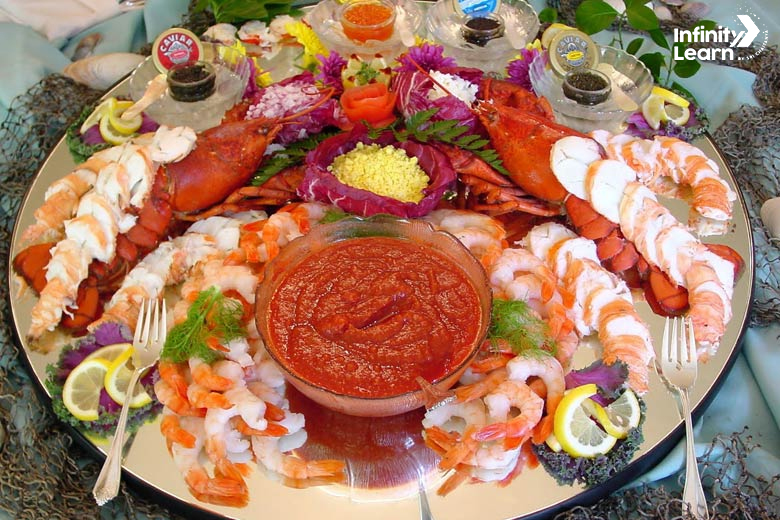
Fairs and Festivals of Andaman and Nicobar
The islands are a kaleidoscope of colors and festivities during the ‘festivals of Andaman and Nicobar Islands.’ These events, like the Island Tourism Festival and Subhash Mela, are not just celebrations but also a way to preserve and showcase the rich cultural heritage of the islands. They feature traditional dances, music, and a display of local arts and crafts, drawing visitors and locals alike into the heart of Andaman and Nicobar culture.
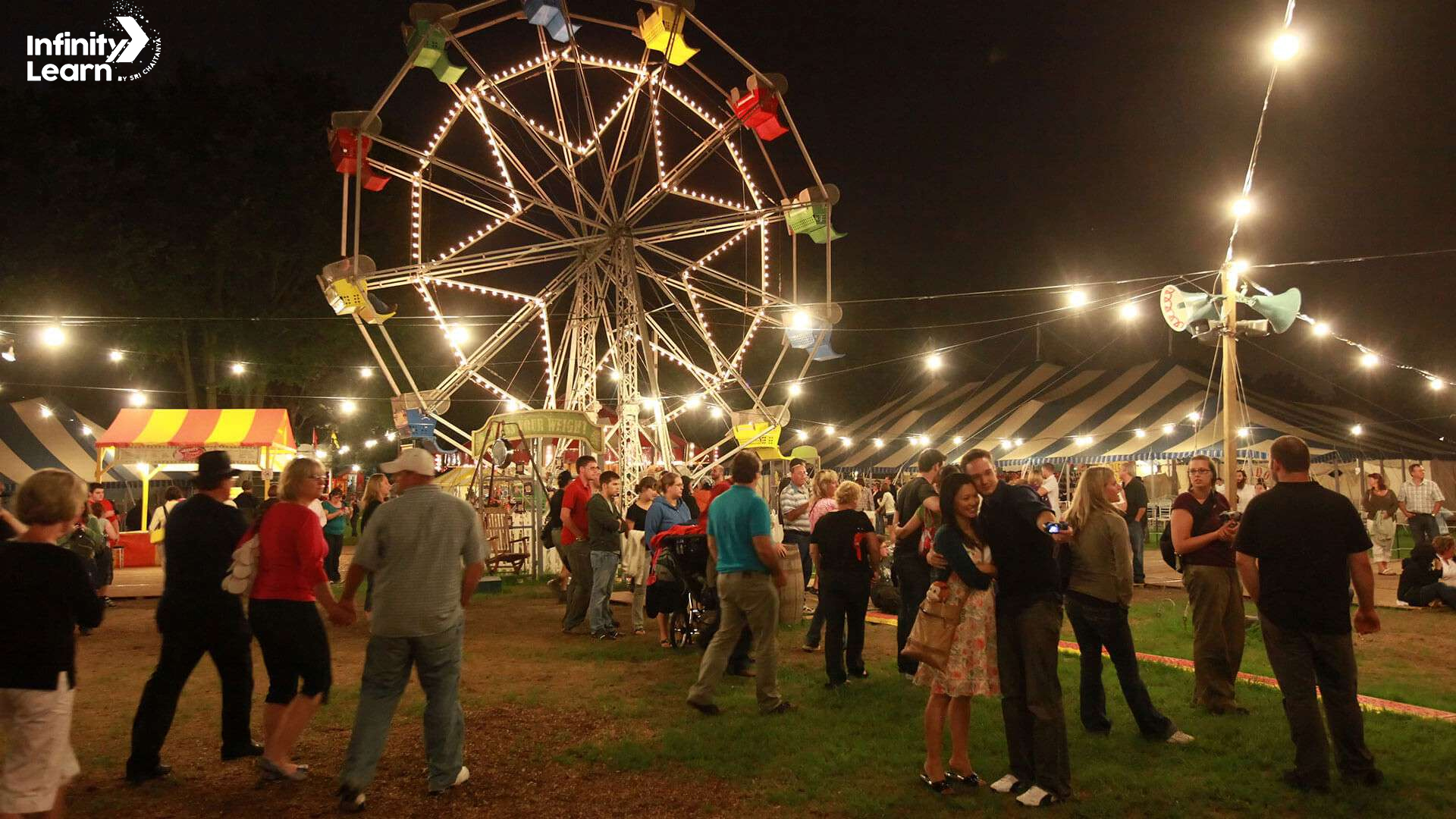
Music and Dance of Andaman and Nicobar
Music and dance are vital components of the islands’ cultural identity. The ‘music of Nicobar Tribes’ and ‘folk dances of Andaman Islands’ are deeply ingrained in the social and cultural fabric of the community. These art forms, represents art and culture of Andaman and Nicobar Islands passed down through generations, tell stories of the islands’ history, myths, and daily life. Performances during festivals and communal gatherings are a vibrant expression of the islands’ ancestral heritage.
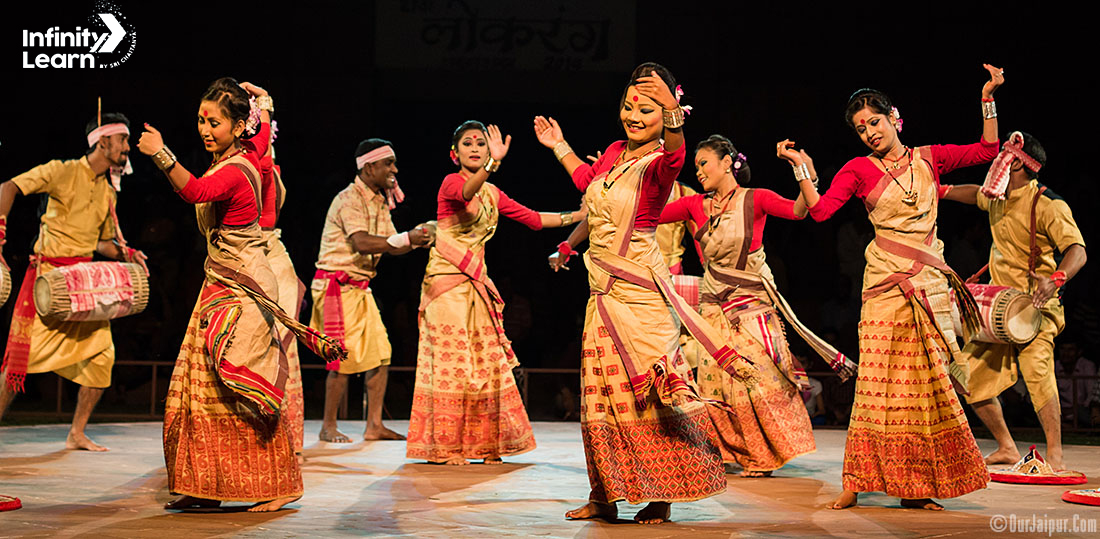
Arts and Crafts of Andaman and Nicobar
The rich tradition of ‘arts and crafts in Andaman and Nicobar’ is evident in the handicrafts produced by local artisans. Utilizing materials like bamboo, shells, and wood, these crafts are not only aesthetically appealing but also serve practical purposes. They represent the creativity and cultural values of the islanders, making these handicrafts sought-after souvenirs for tourists.
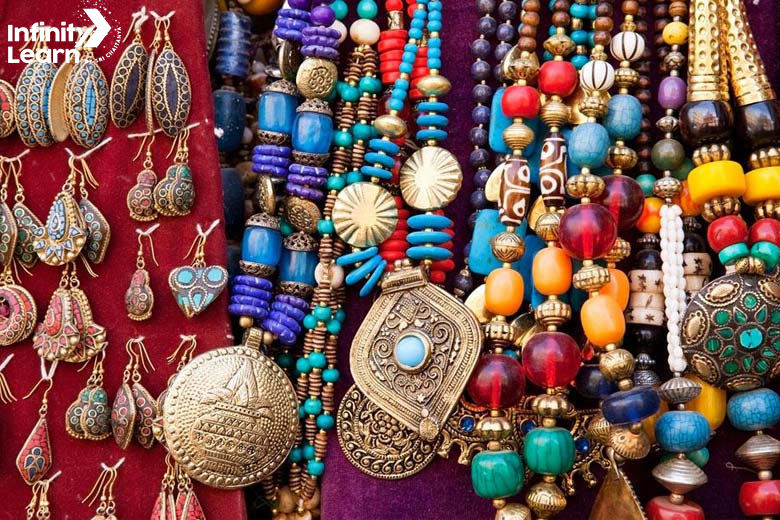
Wildlife of Andaman and Nicobar Islands
The ‘wildlife and nature in Andaman culture’ are remarkably diverse, featuring a plethora of endemic species. The lush rainforests, mangroves, and coral reefs are home to exotic birds, marine life, and unique flora. This biodiversity is integral to the islanders’ life and plays a crucial role in ‘conservation of Andaman culture,’ drawing nature enthusiasts and researchers from around the world.
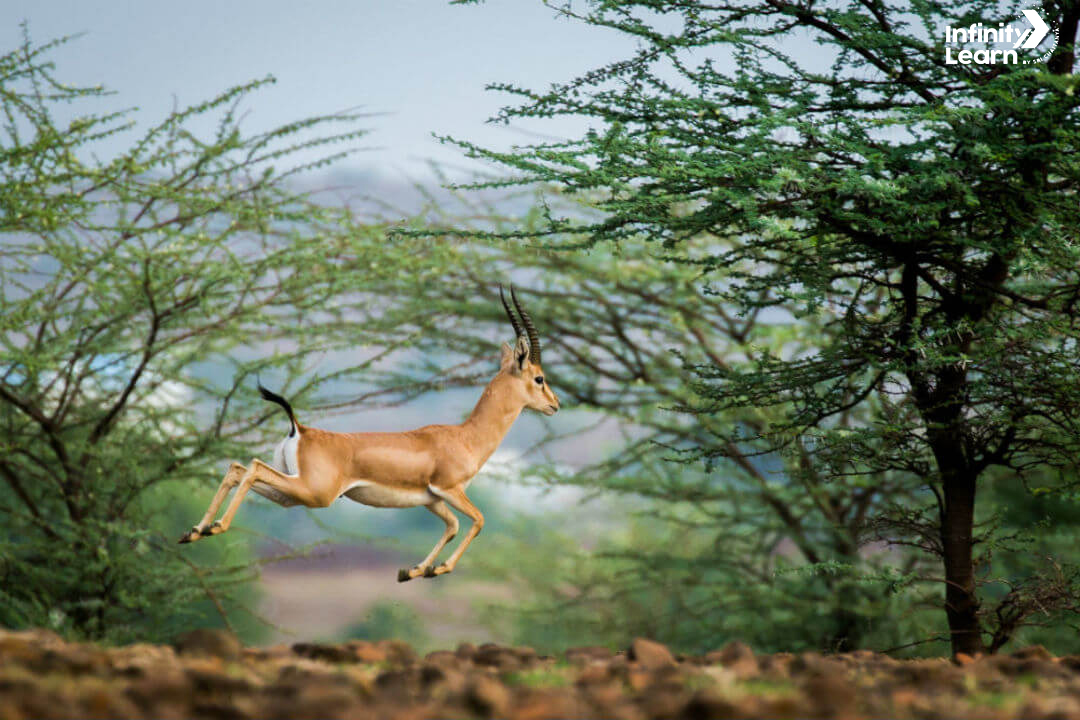
Tribes of Andaman and Nicobar
The ‘tribal traditions of Andaman’ and the unique way of life of ‘Nicobar indigenous communities’ are the cornerstone of the islands’ cultural identity. Tribes like the Great Andamanese, Onge, Jarwa, and Sentinelese have preserved their ancient customs, languages, and rituals, providing a window into the archipelago’s rich history and cultural diversity.
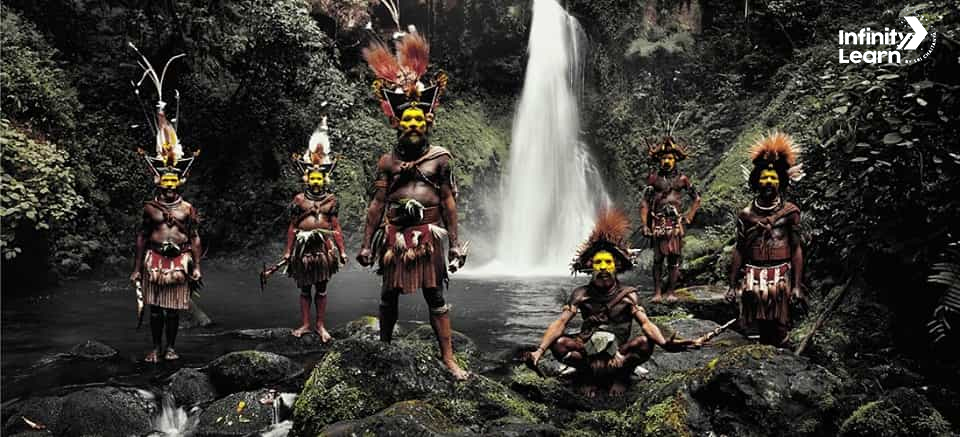
Key Tribes of Andaman and Nicobar Islands:
- Great Andamanese: One of the earliest tribes known in these islands, now largely assimilated into modern society.
- Onge: Known for their hunter-gatherer lifestyle, residing primarily in Little Andaman.
- Jarwa: Residing along the western coast of the South and Middle Andaman Islands, known for their deep forest-dwelling lifestyle.
- Sentinelese: Inhabitants of North Sentinel Island, famous for their isolation and limited contact with the outside world.
- Nicobarese: The predominant tribe in Nicobar Islands, known for their distinct culture and lifestyle.
- Shompen: Indigenous to the Nicobar Islands, particularly Great Nicobar, known for their hunter-gatherer lifestyle.
Tourism in Andaman and Nicobar
‘Eco-tourism in Andaman Islands’ has become a significant aspect of the local economy, promoting sustainable travel. The islands attract tourists with their pristine beaches, historical landmarks, and vibrant culture. The growth in tourism has led to increased opportunities for the locals while also highlighting the importance of preserving the natural and cultural heritage of the islands.
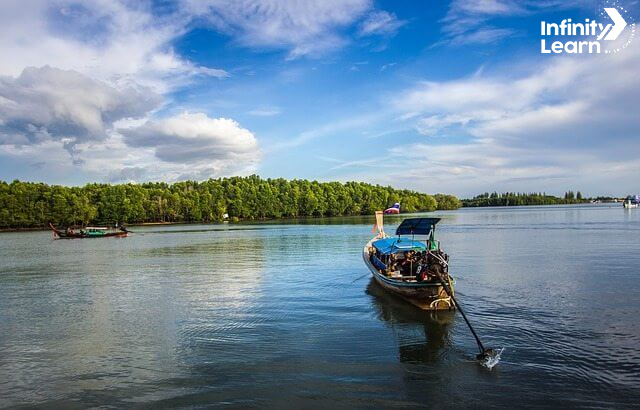
Must-Visit Places in Andaman and Nicobar
The islands boast numerous must-visit destinations that showcase the ‘heritage sites in Nicobar Islands’ and the natural splendor central to the ‘culture of Andaman and Nicobar Islands.’ Highlights include Radhanagar Beach, known for its stunning sunset views; Cellular Jail, a symbol of India’s freedom struggle; Ross Island, steeped in colonial history; and Baratang Island, famous for its limestone caves and mangrove creeks.
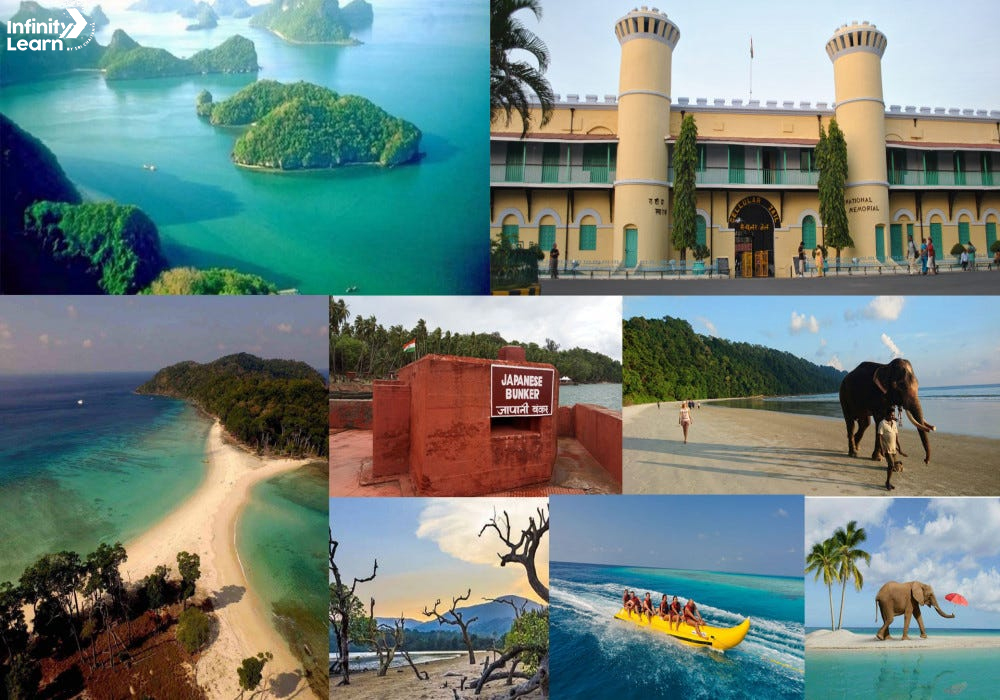
Places in Andaman and Nicobar to visit:
- Radhanagar Beach, Havelock Island
- Cellular Jail, Port Blair
- Ross Island
- Baratang Island
- Neil Island
- Rajiv Gandhi Water Sports Complex
- Mahatma Gandhi Marine National Park
- Mount Harriet National Park
- Chidiya Tapu
- North Bay Island
Interesting Facts about Andaman and Nicobar
Below are 10 Facts about Andaman and Nicobar:
- Home to Indigenous Tribes: The Andaman and Nicobar Islands are home to unique tribes like the Sentinelese, Jarwa, Onge, and Great Andamanese, known for their distinct cultures and lifestyles.
- Rich Biodiversity: The islands boast a diverse range of flora and fauna, including several endemic species. The ‘wildlife and nature in Andaman culture’ play a vital role in the ecosystem.
- Cellular Jail’s Historical Significance: The infamous Cellular Jail in Port Blair is a key historical site, once used by the British to exile Indian freedom fighters.
- Underwater Delights: The islands are famous for their beautiful coral reefs, making them a popular destination for snorkeling and scuba diving.
- Unique Geological Features: Baratang Island is known for its limestone caves and mud volcanoes, a rare geological phenomenon.
- Cultural Melting Pot: Reflecting the ‘culture of Andaman and Nicobar Islands,’ the region is a melting pot of various cultures and traditions, influenced by its indigenous tribes and settlers from different parts of India and beyond.
- Language Diversity: A variety of languages are spoken here, including indigenous tribal languages and those brought by settlers, highlighting the ‘Andamanese language and dialects.’
- Traditional Cuisine: The islands’ cuisine, particularly the ‘traditional cuisine of Nicobar Islands,’ is known for its seafood and unique flavors, influenced by local ingredients and cooking styles.
- Artistic Traditions: The ‘arts and crafts in Andaman and Nicobar’ are deeply rooted in the tribal traditions, with handicrafts made from natural materials like wood, shells, and bamboo.
- Eco-Tourism Hub: With their pristine natural beauty, the islands are an emerging ‘eco-tourism in Andaman Islands’ destination, offering a range of activities like bird watching, trekking, and water sports.
Conclusion
The culture of Andaman and Nicobar Islands is a blend of tribal traditions and modern influences. From the Nicobar Tribes‘ music and dances to the Andaman Tribes’ handicrafts, each element shows a deep connection with nature. The islands’ lifestyle, rich in tribal heritage and eco-tourism, highlights the importance of conservation. Experiencing the heritage sites and traditional cuisine of the Nicobar Islands offers a unique insight into this vibrant culture.
FAQs on Culture of Andaman and Nicobar Islands
What is the best time to visit Andaman?
The ideal time to visit Andaman is between October and May. During these months, the weather is pleasant, with less humidity and mild temperatures, making it perfect for sightseeing, water activities, and beach relaxation. The monsoon season, from June to September, brings heavy rains, which may hinder travel plans and outdoor activities. Visiting during the peak season also allows you to enjoy popular attractions like Havelock Island, Ross Island, and the Cellular Jail in comfortable weather.
Do Indians need a passport for Andaman?
No, Indian citizens do not need a passport to visit the Andaman Islands, as it is a part of India. However, carrying a valid government-issued ID, such as an Aadhaar card, voter ID, or driving license, is necessary for identification and verification purposes. For foreign nationals, a Restricted Area Permit (RAP) is required, which is usually issued upon arrival.
How much does an Andaman trip cost?
The cost of a trip to Andaman varies based on factors like the duration of stay, accommodation preferences, and activities planned. A budget trip may cost around ₹15,000–₹20,000 per person for a 4-5 day stay, including basic accommodations and essential sightseeing. For a more comfortable experience, including mid-range hotels and additional activities like scuba diving or snorkeling, the cost may range from ₹30,000–₹50,000 per person. Luxury trips, with premium accommodations and personalized tours, can go upwards of ₹70,000.
What are Andaman tribes called?
The tribes in the Andaman Islands are called the Great Andamanese, Onge, Jarwa, and Sentinelese. Each tribe has its unique culture and traditions.
What is the language and culture of Andaman Nicobar?
The Andaman and Nicobar Islands have diverse languages, including indigenous tribal languages and those from settlers. The culture is a blend of tribal traditions and influences from various settlers.
What is the culture of Nicobari?
The culture of Nicobari, indigenous to the Nicobar Islands, is characterized by their unique customs, traditional practices, and a strong connection with nature and the sea.
What is the traditional music of Andaman and Nicobar Islands?
Traditional music in Andaman and Nicobar Islands includes tribal songs and rhythms, often played with indigenous instruments, reflecting the islands' rich cultural heritage.
What is the lifestyle of tribes in Andaman and Nicobar Islands?
Tribes in Andaman and Nicobar Islands lead a lifestyle close to nature, with practices rooted in their ancient traditions. Fishing, hunting, and handicrafts are integral parts of their life.
What is the traditional art of Andaman and Nicobar Islands?
Traditional art in Andaman and Nicobar Islands includes handicrafts made from natural materials like bamboo, wood, and shells, reflecting the tribes' connection with their environment.
What is the culture of Great Andamanese?
The culture of the Great Andamanese tribe is marked by their unique language, traditional practices of hunting and fishing, and customs that have been preserved over generations.









